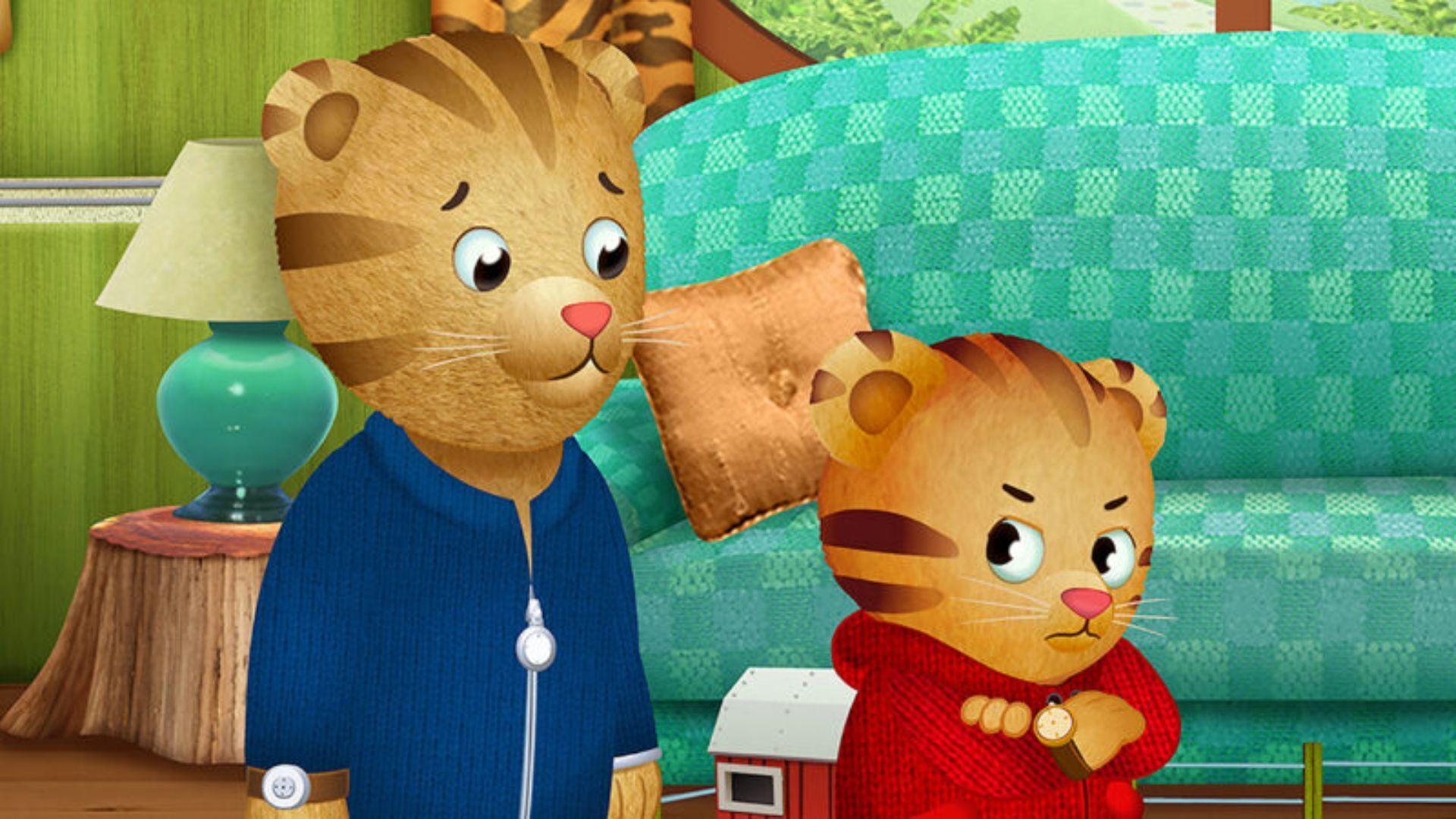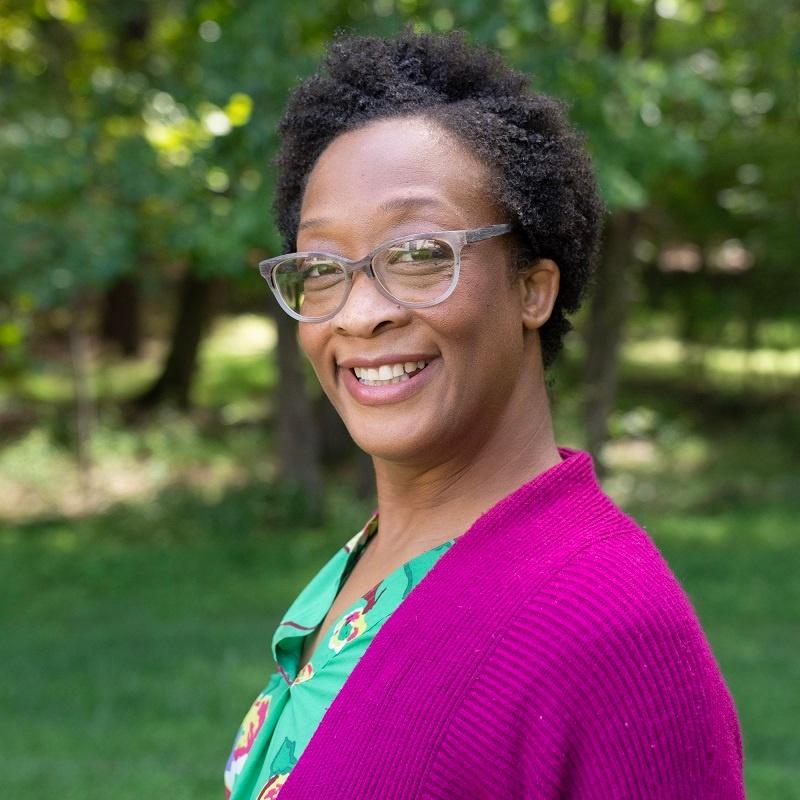’Tis the Season to Feel Your Feelings


As adults, we know how this time of year can cause a flood of feelings. ’Tis the season to be jolly—until it’s not. Until emotions start to bubble up and feelings of stress turn to anger and frustration. And then what happens when our feelings begin to spiral into something we don’t recognize?
Did you know that learning about our emotions is an important skill set when growing up? Having a vocabulary for how you feel makes parenting or caring for a child easier. That sad face and crossed arms are bigger than “Aww, how cute.”
Mr. Rogers once said, “Anything that’s human is mentionable, and anything that is mentionable can be more manageable.” This quote alone reminds us that we need to pay attention to how our children feel—and how we adults feel for that matter.
If something moves us, we should mention it. And if we don’t understand something, we must learn to MAP it out. This was a major takeaway for me from watching Daniel Tiger’s Neighborhood, a powerful PBS KIDS resource for ages two to four. While watching the program, I saw examples of how adults speak to children and MAP them through emotional situations.
Mapping out emotions in a situation calls for us to pay attention and notice when your child goes from all smiles to looking like something is wrong. It’s our job to notice changes, even subtle differences.
Addressing the issue comes with what you noticed. “I saw you throw your doll. What happened?” Allow silence for their words to grow in the gaps. It’s not easy to always know what is going on; the easy part is holding space for compassion.
The fun part is to propose a plan. Did you know there is more than one way to solve a problem? Our children need to know that solving problems comes in different sizes. Give them two options, and let them decide what works best for them. In all of this, you have proposed options that ultimately work for you, too.
Imagine you don’t have words for a brand-new feeling, and you’re not sure what to do. You might cry, whimper or go into a total meltdown. As we have grown to be adults, we have learned how to label what we feel, but our children are still learning about emotions. They are learning how to identify each emotion in real time, and you can help them feel their feelings.

Little ones can have big feelings. As grown-ups, we have the opportunity to guide our young children when they’re upset, helping them find ways to name feelings, manage meltdowns, and understand their sometimes overwhelming emotions. When we connect children with coping strategies, we give them an early start to a lifetime of verbalizing their feelings in healthy ways that honor themselves — and those around them!
Sesame Street
Use song to explore deeper feelings. Dave and Grover aren't sure what they're feeling, so they use song to find a word that describes how they feel.
Sesame Street
Learn some new executive functioning strategies to make waiting in line more fun.
Dance to Success
Feelings can be hard to understand and express. The “Learn About Feelings” dance sequence helps students make sense of their emotions by tuning into their bodies and understanding what each emotion feels like. With the supplementary materials and recommended activities, students will also consider what these emotions look like, what causes them, and how that may be different for different people.
TEAMology
Problems come in all different sizes! In this episode of TEAMology, Philo helps some out-of-this-world friends recognize the difference between a small problem and a big problem, and explains ways to handle problems safely and effectively.

Yolanda Barnes (also known as Yogii) is the Rootle Ambassador for Cumberland County and a creative force in her community. Tapping into her creative side, she is known for her graphic designs, photography, event planning, poetic writing, workshop facilitation and motivational speaking. She has proven over the last ten years that her community is better when it is creative. You can find Yogii creating online and onsite programs that are unique as she expands ideas into reality. The fruits of her labor can be seen in and around the city by the people she has inspired.